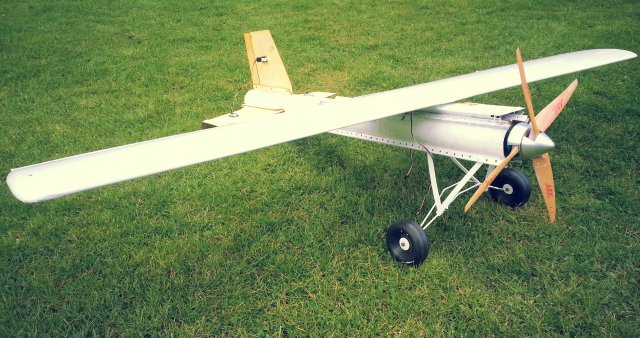 An open source initiative that offers designs for adaptable, durable, and — above all — cheap UAS mean they are now a feasible option for disaster relief efforts, according to the project’s co-founder.
An open source initiative that offers designs for adaptable, durable, and — above all — cheap UAS mean they are now a feasible option for disaster relief efforts, according to the project’s co-founder.
OpenRelief‘s second generation airframe was made available online last month (31 May). It can be customised and has easily replaceable parts, making it ideal for mapping terrain, and locating missing people and smoke in tough disaster relief situations, says Shane Coughlan.
“We are not trying to build the most elegant, light, or highest-performing frames, but rather if a part breaks, you can replace it easily and cheaply,” he tells SciDev.Net.
Coughlan believes that while open source software has developed rapidly, the airframe itself has been the biggest limitation for UAS’ widespread use.
Current UAS built using off-the-shelf chassis within the price range of most small government and non-governmental organisations are too flimsy and short-ranged for punishing disaster relief work, he says.
By providing complete designs free online, a suitably hardy UAS with engine, autopilot, onboard computer and basic cameras could be built for around US$1,000 — five to ten times cheaper than commercial alternatives, Coughlan adds.
Users can adapt this basic set up to their needs, including adding radiation detectors, better cameras and engines capable of carrying a nine-kilogram payload.
The demands of using computer design programs and constructing the airframes limits who can build them, but plans to produce ready-made kits by next year could further widen the technology’s reach, says Coughlan.
This could eventually reach a point where even local organisations in developing nations can own several UAS, he adds.
“My experience is that relying on one organisation [for disaster relief] is a recipe for potential problems,” he says. “The more people that have access to this technology, the more opportunity there is to get eyes in the sky where they are needed.”
Providing open source designs and networks is “really exciting”, says Jane Rovins, executive director of Integrated Research on Disaster Risk, an international research programme.
But to maximise the impact of DIY UAS on a local scale, the initiative should target interested groups within communities — such as model plane clubs — which already have the necessary skills to build, repair and operate the machines, she says.
Nonetheless, however widespread UAS become, they are only one of many important tools for disaster response, says Rovins.
Other traditional approaches, such as using helicopters to survey sites and for search and rescue, for example, will remain important, particularly when weather conditions prevent drones from flying, she adds.
Responding to Rovin, Coughlan warns that while amateur enthusiasts could play a role in drone-based disaster response, the OpenRelief machines are significantly different from hobby planes, and are aimed at trained professionals in local emergency services.
Source: Sci Dev Net
